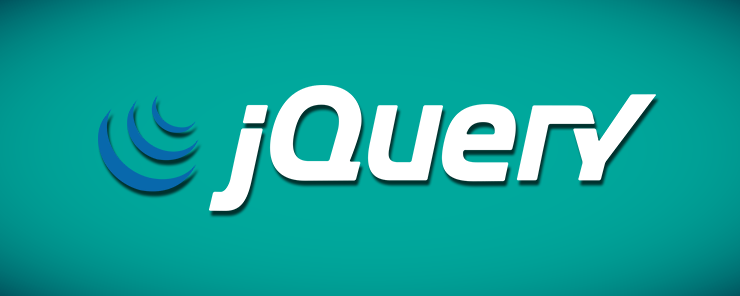This article is the first in a series about jQuery. jQuery is a powerful tool that a lot of web developers are using to give their websites power and impressive functionality from a flexible codebase that can support both simple and complex tasks. This series will cover a lot of topics related to jQuery such as how to use it, what its strengths and weaknesses are, how it’s different from other services of its kind, and how it can be extended to fit a huge variety of functions. This article is an overview of jQuery and goes into some background about what it is, how it works, and how to install and use it.
What is jQuery?
Put simply, jQuery is an open-source JavaScript library. This means that it is a repository for scripts and code that people have written to support advanced browser functions and cross-platform support for web applications. Because it is open-source, Jquery is free to use and free to access, meaning that many services you can find on it, such as support for particular programs or types of modules, are accessible without licensing them or paying a fee. Open source also means that their development process is transparent, so you can easily reverse-engineer something someone has put into Jquery in order to figure out how they did it, or copy a process to your own project.
jQuery Vs. Javascript
There are a lot of reasons to access jQuery rather than sticking with just Javascript. Mostly, these revolve around the fact that Javascript is, at the end of the day, a pretty low-level programming language. It doesn’t offer a lot of customization or control over elements and it doesn’t provide advanced manipulation over page functions, decorative features, or especially animations. In fact, Javascript doesn’t support animations at all, which is a big reason that people like and use jQuery so readily.
Although it makes some big additions to Javascript, and extends its functionality in a lot of advanced way- such as offering cross-browser support, jQuery doesn’t turn Javascript into a very weighty language. Instead, jQuery preserves Javascript’s lightweight, flexible features and architecture. Because of this, jQuery has a dynamic and unique group of contributors who have all added very interesting projects of all types of script extenders to jQuery repositories.
Because jQuery is a script library, it’s pretty easy to use and install. Generally, the installation process involves going to the jQuery repository, downloading the script you want, and then plugging it into a web page. There are a few things to keep in mind while doing this, however. Using a content delivery network (CDN) can really speed up your access to jQuery script database. Installing a CDN rather than importing all of jQuery itself will let you pick and choose what you want, and get it faster than if you’d just downloaded the whole thing. There are also two versions of jQuery to be aware of – a minified version that’s compressed for use and is very small and efficient, and a development version, which is expanded to be easier to read and debug. Using the mini version is okay in most cases, except where you are very interested in understanding a design process. Finally, make sure to cache jQuery files on the client side, so make sure that you use the jQuery version number in the file name to prevent confusion.

Overview of functions
The first simple task you can do with jQuery is to select elements. This lets you then manipulate specific pieces of a website’s architecture, rather than the whole thing. It’s also a development point for a large number of projects – many of them load something in tandem with the rest of the page, but separate their loading workloads because of an extensions.
Next, you can add animations. Many of these are available for free on the jQuery website, but you can of course, use your own as well. It’s important to note that you shouldn’t abuse animations, because using too many of them will bloat a website so much that it might become nonresponsive or very slow to load.
You can also use a jQuery theme, which is an advance UI extension that can add widgets and display customization on top of an existing theme, or create a whole new one from scratch. This includes functions for higher-level processes like calendar widgets, dialog boxes, auto-completed fields, and tabs.
Lastly, you can use jQuery to extend Javascript by using its plugins system. This is perhaps the most common use of jQuery, and it’s by far the most popular. Plugins allow you to extend the functionality of a website to include things like voting and tabulating favorite articles and so on. Thousands of these plugins are available on jQuery website, which you can simply download and install into a website.
Those are the basics of jQuery, namely what it is, how to get it, and what it can do. In future articles, we’ll discuss more about what kind of plugins are out there, how they work, and finally, how you can develop your own. Below is a video you can watch to learn about these basics:





